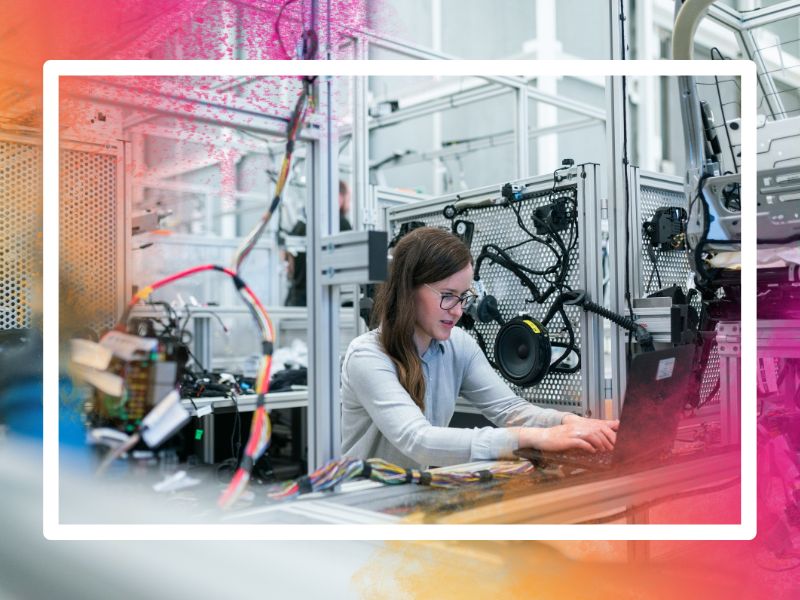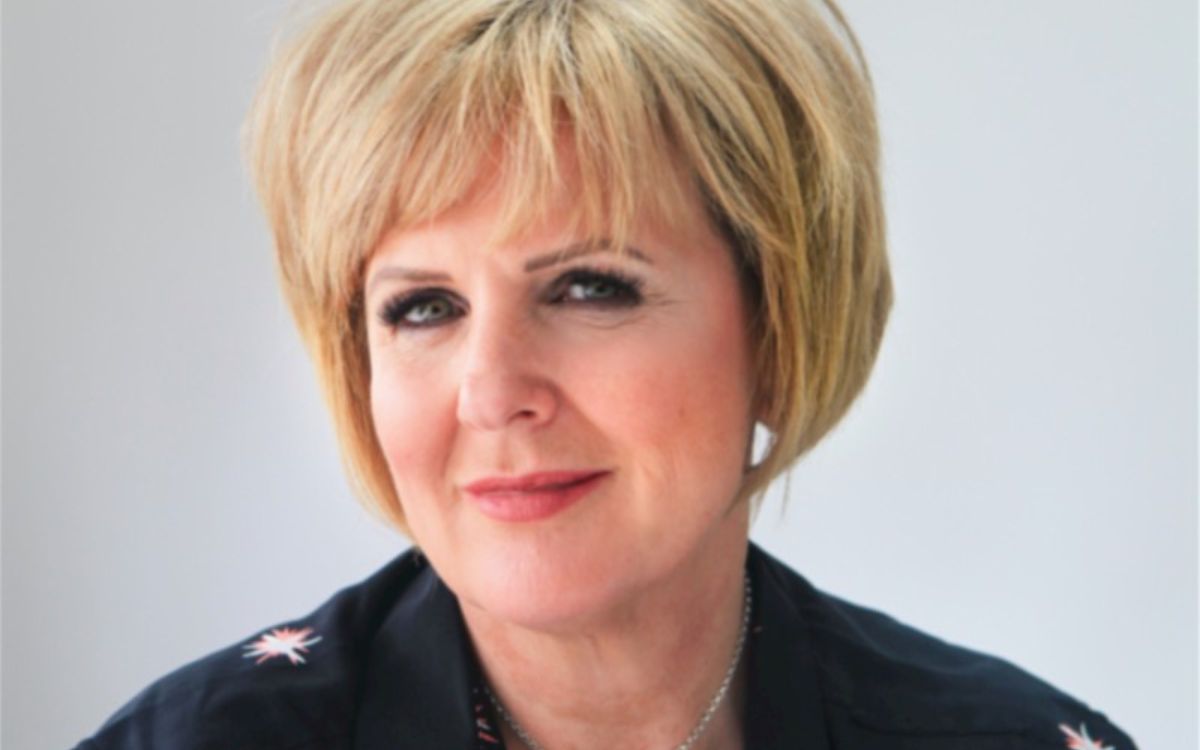Nowadays, talking about hardware engineering would likely lead anyone to think about laptops and other electronic devices, probably the smaller the better.
Long gone are the times of computers occupying entire rooms: since the emergence of digital computing, hardware engineers have become crafty well-rounded ‘artisan’ with the knowledge and skills to create computer systems and components, from design and development to testing.
In this third installment of the ‘My Career as’ series, we hear from Jing-Jing Duflot, Hardware Engineer at Zama as she explains how every step of her career brought up something new and showcased the importance of teamwork.
Jing-Jing Duflot is a Hardware Engineer at Zama.
Jing-Jing started out as a RTL developer in video decoders, where she worked on accelerators of popular video coding like H.264 or HEVC. She had the opportunity to deal with general system related parts like caches, or arbiters. She also managed teams of more than 10 people.
Before joining Zama, Jing-Jing worked at Sigma Designs inc., as a hardware front-end developer and manager, then at Novasparks as an FPGA developer. She also tackled challenges at the French Ministry of Defense. She holds an Engineering degree from Ecole Polytechnique and Telecom Paritech.
An expert in microelectronic IC design, at Zama she deals with the architecture and design of a TFHE accelerator on FPGA.
“The startup environment demands a lot of adaptation and adjustment. The trick is to get the pace and hop on the train.”
It was my interest in scientific studies that led me to the Ecole Polytechnique, one of France’s leading engineering schools.
I followed general engineering training there then I chose a specialization in my second engineering school, Telecom Paritech. I like logic and algorithmics and I found it funnier to conceive electronic circuits than computer programming. Analogic signals weren’t really my cup of tea.
Finally micro-electronics suited me very well and that’s why I entered this profession quite naturally, following my preferences. I was involved in quite a few projects at school, and the two internships I did in this domain confirm my choice that this was the right path for me.
I was lucky to start working in a quite small company, or at least team, Sigma Designs, where I had the opportunity to look at several facets of the job, and got involved in several aspects. I was well surrounded by very competent colleagues, which gave me a very good grounding, and a rigor that is indispensable to design ASICs. I started as a developer for video decoders. There I learned the job: the design, the verification and what we call the front-end synthesis.
I also wrote part of the low-level software code necessary to make the decoder work. This was a good exercise to realize the importance of the hard/soft partition. Indeed, a hardware circuit cannot work without a code. And, to be optimal, a software code has to be written with the hardware features in mind.
As I was learning more and more, I worked on more subjects concerning the system. This gave me a good overview of how the whole system works. I became team and project manager. I got the opportunity to lead a team in realizing a significant part of the project. Here, all the accumulated knowledge was meaningful.
When I left Sigma, after 12 years, I worked 2 years in Novasparks, where I learned another facet of the hardware world, the FPGA.
Some things didn’t change much for me from university to my first work experiences, I have always been working in small teams, where people are multi-tasking and taking on more than one responsibility. This is very pleasant because you are always learning.
I think that privacy is important in the digital world; for me it means peace of mind, having control of your own online activities and having the freedom to share what you want on your own terms. The startup environment demands a lot of adaptation and adjustment. The trick is to get the pace and hop on the train. I feel that, in my current position, it’s important for me to be rigorous: debug, and do not hesitate to challenge the existing to improve even further.
I used to think of this as a lonesome engineer job, but it is definitely a team job. Not only because there are many tasks to accomplish, but also because it is with the other competent benevolent colleagues that we can find the best ideas. It is not necessarily an idea built together. The ability to present one’s ideas to someone else, to talk about it, is a very good way to order thoughts, and to get challenging questions. This could be very constructive. I learned to be open-minded.
Someone starting a career in hardware engineering now will probably find a different environment than the one I faced; my advice would be to be open and ready to grasp more subjects, don’t focus only on what you know and try to have a higher point of view for a better and more complete perspective. That is how you can go beyond and become an ‘architect’, not just an engineer.
It’s also important to remember, to yourself and others, that hardware development is not software development. The hardware has a physical reality behind it: with this in mind the job is easier.


